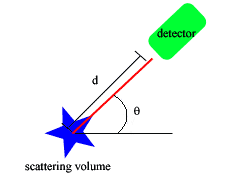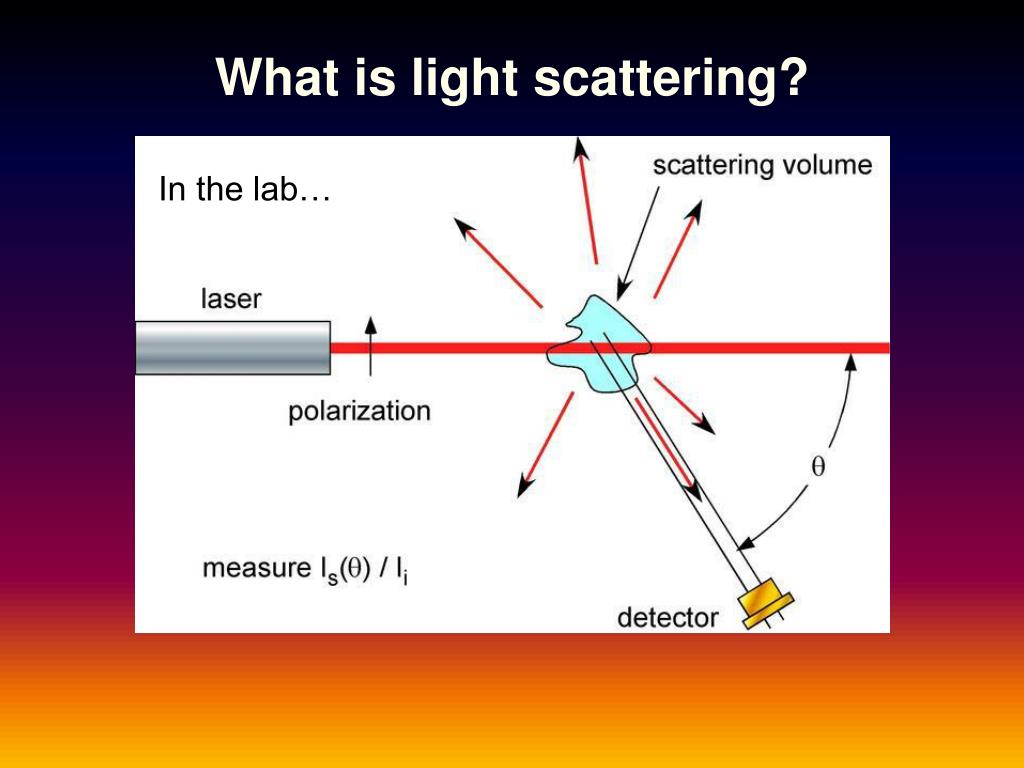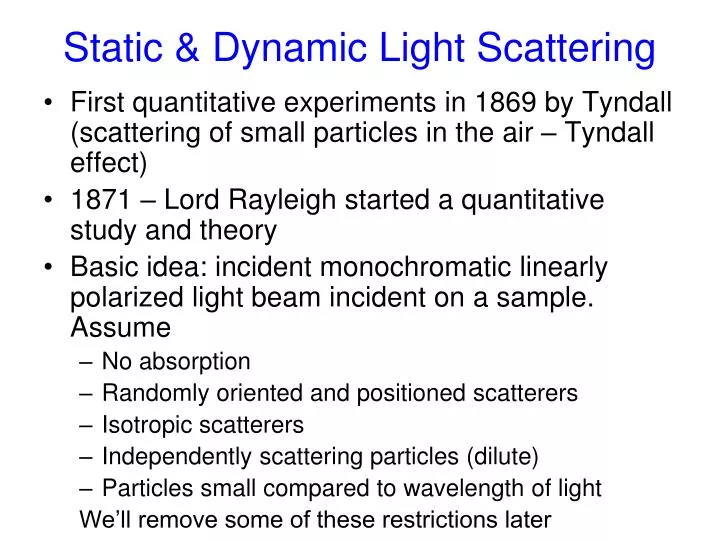

(Jaison Jeevanandam, Charles Oluwaseun Adetunji, Melvin Tan, Adil Malik Nawaz and Michael K. Dynamic Light Scattering Studies: Recent Trends in Characterization We hope that this book will help to enlighten undergraduates and graduates research students as well as early and seasoned researchers on advances in DLS techniques and emerging applications.Ĭhapter 1. In addition, hybrid instrumentation and DLS coupling with other techniques are discussed. The final chapter-Overview and Future Perspective of DLS Studies-is a brief summary of the application of DLS analysis in various fields and the relevant considerations for DLS analysis in particle characterization. Additionally, the mechanisms of microbial surface charge in elevating their growth rate is also discussed. The authors of‘Chapter 9-Applications of DLS Studies in Microbial Surface Charge Analysis-provides an overview of the wider applications of DLS studies in evaluating the surface charge of microbes via zeta potential analysis.

Chapter 8-DLS Studies of the Protein-Surfactant System-discusses the relationship between viscosity and DLS measurement using the growth behavior of SDS micelle. Chapter 7-Applications of DLS in Pharmaceutical Industry- is a comprehensive review of DLS analysis in pharmaceutical research, development and production. In part 2, Chapter 6-Applications of DLS Studies in Phytochemical Analysis- discusses the application of dynamic light scattering for particle size determination using natural phytochemicals derived from plants. Chapter 5- Slow and Ultraslow Relaxations in Molecular and Ionic Liquids-based Unary and Binary Systems-discusses slow and ultraslow dynamics, probed by DLS measurements, in common organic molecular liquids, ionic liquids (ILs), aqueous solutions of salts and molecular solids and liquid-liquid binary mixtures. In Chapter 4-DLS Studies on Self-Assembling Copolymer Nanostructures-the authors demonstrate the application of DLS in characterizing self-assembling and stimuli-responsive di-block copolymers in aqueous media and their association with low molecular weight drugs. Chapter 3-Potentialities of DLS with SAXS Studies to Analyze Heterogenous Nanocatalyst- compares two techniques (DLS and SAXS) and provides evidence that nanocatalyst can be characterized more effectively by modifying DLS with SAXS. Chapter 2-Application of DLS Technique in Nanomaterial Characterization-discusses the uses of DLS for nanomaterial characterization in terms of the size, size distribution and zeta potential of particles.

In addition, recent trends in DLS studies and applications in various fields are also discussed. Chapter 1-DLS Studies: Recent Trends in Characterization-aims to provide an overview of the working principle, mathematical models and different types of DLS analysis methods. The book is divided into two parts – Part 1 discusses the uses of DLS in material science and engineering applications and Part 2 focuses on applications of DLS in biological sciences. The aim of this book is to provide an overview of research advances relating to the principle and applications of DLS in various fields. DLS studies are extensively employed in material science and engineering to evaluate particle size distribution and surface charge for applications in nanomaterial synthesis, biomolecular analysis, pharmaceutical development and environmental applications. University of Tennessee, Chattanooga, TN, USAĭynamic light scattering (DLS) is an important concept that has found applications in the characterization of the biophysical properties of materials for a wide range of applications. Department of Chemical Engineering, Curtin University


 0 kommentar(er)
0 kommentar(er)
